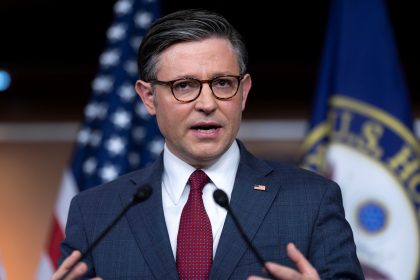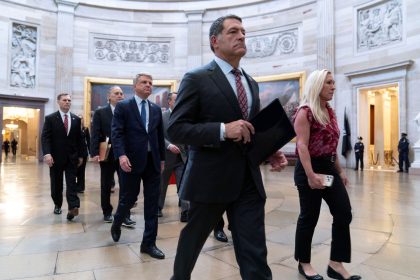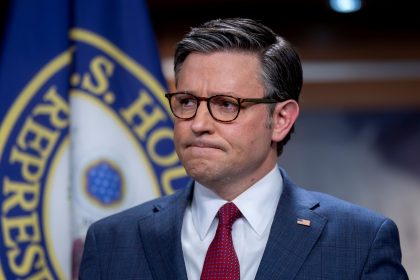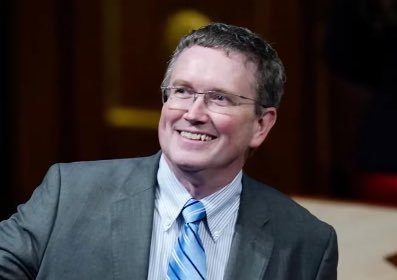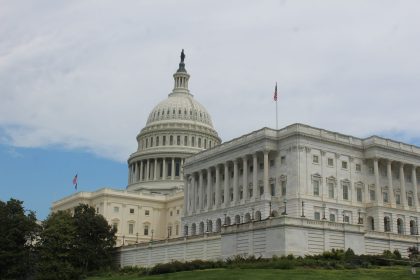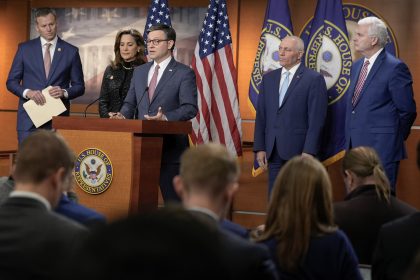Stories of Gun Control Failures Grip Lawmakers
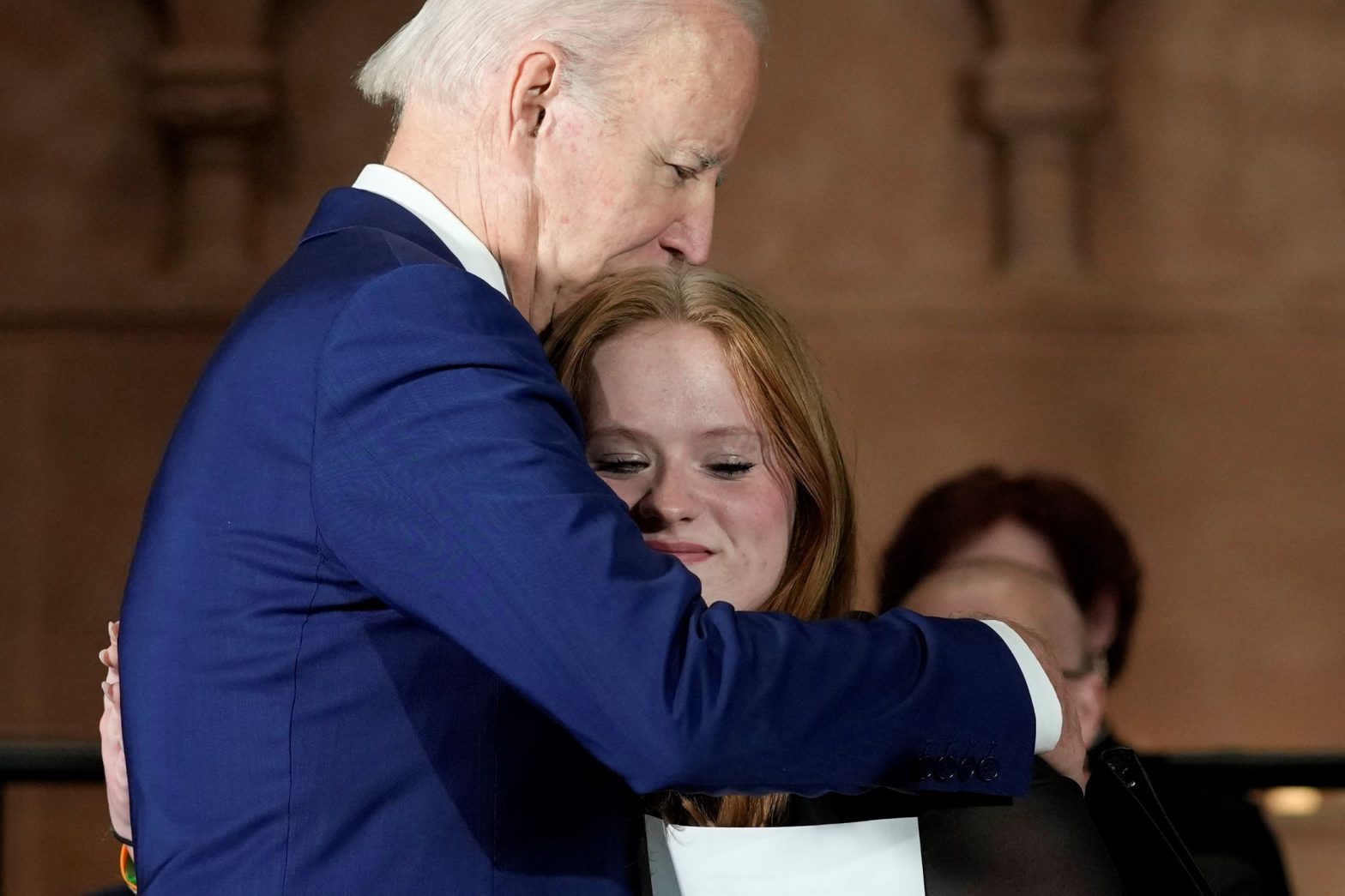
WASHINGTON — A decade and a day after a deranged gunman killed 26 people at Sandy Hook Elementary School in Newtown, Connecticut, Nicole Melchionno told a congressional committee about sitting in her second-grade class and hearing a sound like large pans slamming together.
Her teacher locked the door and nervously read to the class to calm them but the children knew what was happening.
Melchionno, now a high school senior, remembered the nausea she felt thinking she might be next to get shot.
As Congress considers gun control legislation, Melchionno said, “We ran out of time over a decade ago. We need to act now.”
Congress is largely deadlocked on a solution despite what Melchionno called “the cold grip of gun violence” that led to other mass murders.
They included 17 victims at a Parkland, Florida, high school in 2018. This year, there were 21 dead victims at Robb Elementary School in Uvalde, Texas, and five at the Club Q nightclub in Colorado Springs, Colorado.
The Centers for Disease Control and Prevention reported that a record of nearly 49,000 Americans were killed by gun violence last year.
Democrats, including President Joe Biden, propose broad restrictions on guns that would take them out of the hands of many private citizens.
Several bills are pending that propose a variety of strategies. Some seek tougher law enforcement while others approach the problem as a mental health challenge.
Republicans largely cling to the argument that if guns are outlawed, only outlaws will have guns. They claim Second Amendment rights to gun ownership.
One of the Republican witnesses at the hearing Thursday of the House Judiciary Subcommittee on Crime, Terrorism, and Homeland Security was John Lott Jr., an economist and gun rights advocate. He described the risks to innocent persons from gun violence as exaggerated.
In some cases, bans on guns in schools and other locations make shootings more likely, he said.
Their vulnerability means “areas with strict gun controls are great places for attack,” Lott said.
A recent bill Congress is considering would ban high-powered assault rifles, like semi-automatic AR-15s and equivalent guns.
Lott said most firearms in the United States already are semi-automatic, meaning a ban on assault rifles would not add to gun safety.
A lawmaker who agreed guns were not as much of a problem as the people behind them was Rep. Andrew Biggs, R-Ariz.
Many of the gunmen come from broken families and suffer psychological troubles, he said.
“It’s important to look at root causes for this violence,” Biggs said.
The gun rights advocates were confronted by heart-rending stories from witnesses or family members of shooting victims.
Faith Mata, a college student whose 10-year-old sister, Tess, was killed at Robb Elementary School, said, “We will never know how scared she was in her last moments in that classroom.”
She added in her plea for better gun control, “When is enough, enough?”
An Uvalde pediatrician who saw some of the children who were hit by high-velocity bullets said, “Some had holes in their tiny chests.”
Biden has been making similar pleas in recent days.
On Wednesday, Biden marked the 10-year anniversary of the Sandy Hook Elementary School massacre by saying Americans should have “societal guilt” for failing to enact better gun control.
He advocated for an assault weapon ban after acknowledging a milder gun control law he signed on June 25 is not sufficient.
Called the Bipartisan Safer Communities Act, it allocates $750 million to help states operate crisis intervention programs that seek to reduce gun violence. It authorizes court orders for police to take guns away from owners who might represent a threat to themselves and others.
Other provisions bar guns from anyone convicted of domestic violence and expand background checks for younger applicants for licenses.
Tom can be reached at [email protected] and @TomRamstack

















